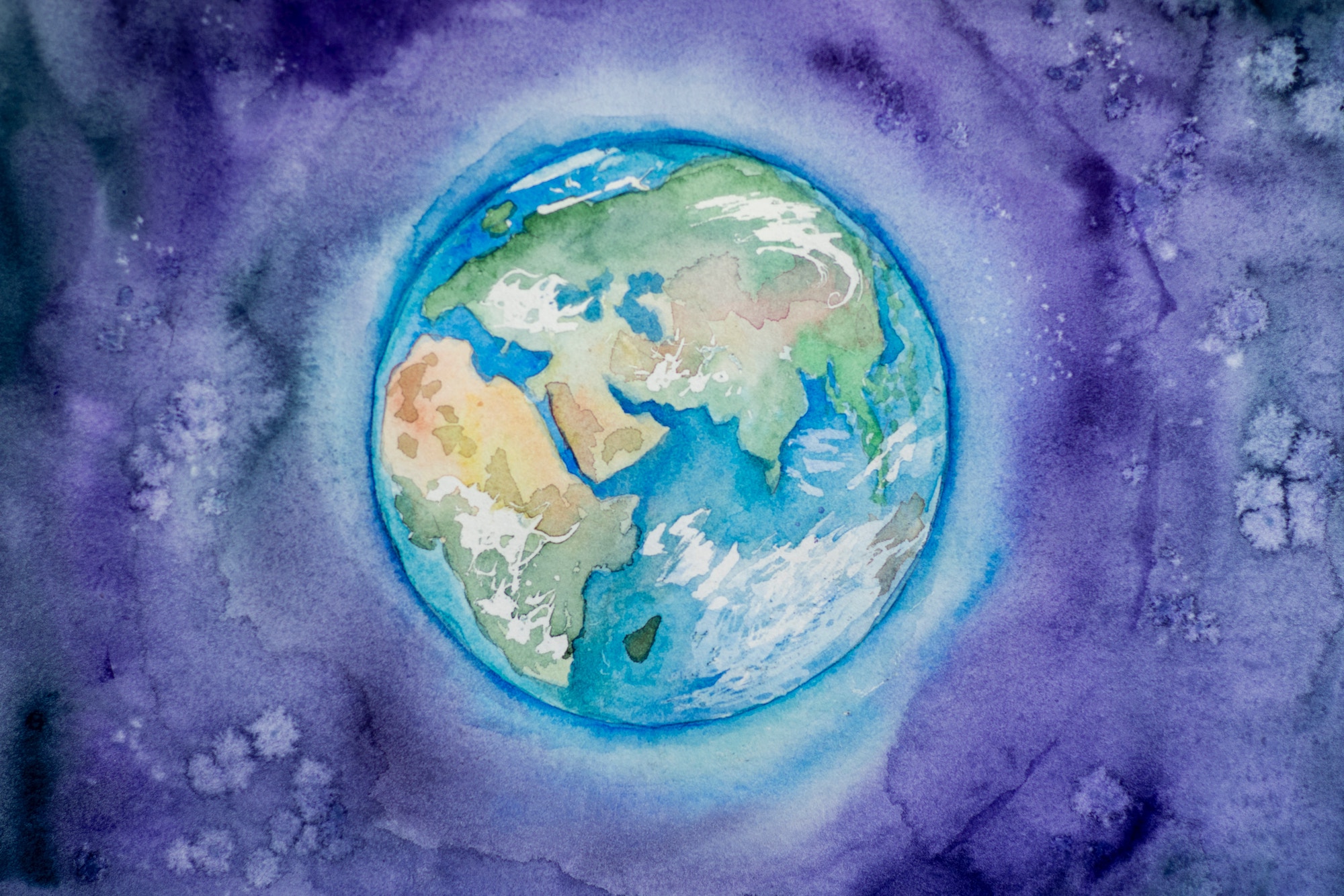Decarbonisation: a pretext for protectionism?
If we want to decarbonise economies, a radical overhaul of manufacturing systems is required. Controlling value chains that govern this metamorphosis is therefore naturally thrust to the middle of global geopolitical issues. In this context, economic powerhouses are increasing investment to support domestic markets, favouring a new form of concealed “green” protectionism. Since 2015, China has been able to rely on its Made in China 2025 policy, the objective of which is to guarantee a form of autarky when it comes to cutting-edge technology. More recently, the US unveiled its famous Inflation Reduction Act. Presented as the most ambitious decarbonisation investment plan ever deployed, it was also criticised as a $370-billion protectionist package. In response, the European Union has implemented a Green Deal Industrial Plan which aims to protect the single market while making co-operation between member states much easier

China in a position of strength
In this great competition, China is arguably the best placed to benefit from decarbonisation strategies. As the world’s leading carbon emitter, China is looking to reach its emissions peak in 2030 and has pledged to reach the famous Net Zero by 2060. It’ll take a huge effort which should drag the economy in its wake and strengthen an already dominant position on crucial value chains such as batteries, solar panels and wind power. According to the IEA, China now controls 80% of the solar panel manufacturing chain, and it’s set to rise to 95% in the coming years based on current manufacturing capacity under construction. Chinese wind turbines are on average half the price of their competitors and their prices fall more quickly.
Europe’s reaction
Caught between the US and China, the EU appears to be reacting – yet it’s still struggling to keep up. Held back by high energy prices and internal division, the Old Continent is increasing initiatives to limit the exodus of capital. National initiatives – such as France 2030 – rub shoulders with European measures in an effort that remains less clear than that of its partners or competitors. For example, with RepowerEU, the EU seeks to accelerate the energy transition while limiting the trend of energy dependence (highlighted extensively by Russia’s invasion of Ukraine). With Made in Europe, by creating a sovereignty fund, the EU intends to secure the future of Europe’s competitiveness.
Is geopolitical competition the climate enemy?
Apart from the economic challenges specific to each global region, what’s at stake is our collective ability to deal with the climate emergency. The historic consensus of the Paris agreements, confirmed by the Glasgow Pact in 2021 seem incredibly fragile today. The war in Ukraine triggered a global energy crisis and forced states to deprioritise decarbonisation efforts. Hydrocarbon storage, the sale of Russian stocks at low prices to disregarding states, and the record profits of oil and gas companies play against the climate. Growing tension between China and the US is the other major geopolitical fact, and its impact on decarbonisation efforts is largely negative. Just take Nancy Pelosi’s visit to Taiwan, which undermined the climate agreement established between the two countries during COP26.
Global South and Climate Finance
For countries in the Global South, the question of decarbonisation – in its geopolitical dimension – arises above all from the angle of climate justice: how to fairly pay for transformation when polluters have all the money? How to fairly distribute the effort when the poorest countries pay the highest price of global warming despite being the least responsible? These questions were the focus of debate at COP27, which resulted in an agreement in principle for the creation of a fund to compensate for the “loss and damage” incurred by the most vulnerable countries. This decision follows Pakistan’s plea for a fairer distribution of the effort in the wake of the terrible floods which devastated the country during the summer of 2022.
An opportunity for the South?
While the question of financing remains the major obstacle, decarbonisation also opens up opportunities for developing countries. A continent like Africa, which is poor in infrastructure, could as such forgo certain polluting technology and accommodate directly carbon-neutral solutions. Distributed energy solutions and more reasoned agriculture are particularly promising avenues. Africa also benefits from having a young population, significant natural resources and a vast amount of space, particularly useful for renewable energy initiatives. These combined advantages make it an ideal site for infrastructure linked to green hydrogen. However, what remains to be ensured is that these investments really benefit local populations and don’t lead to new forms of energy colonialism.
